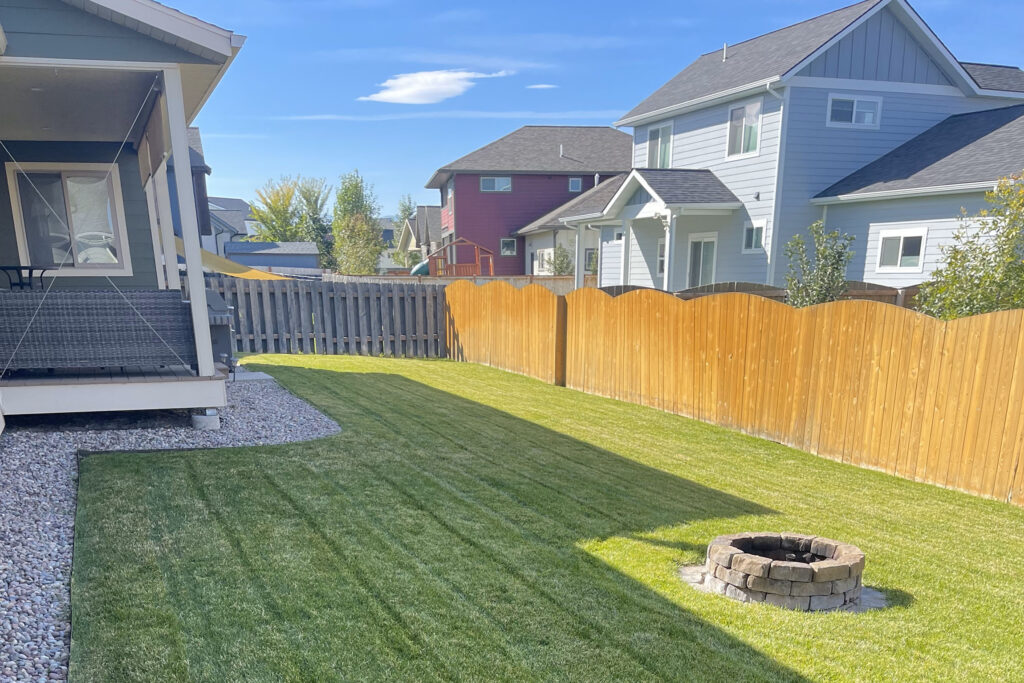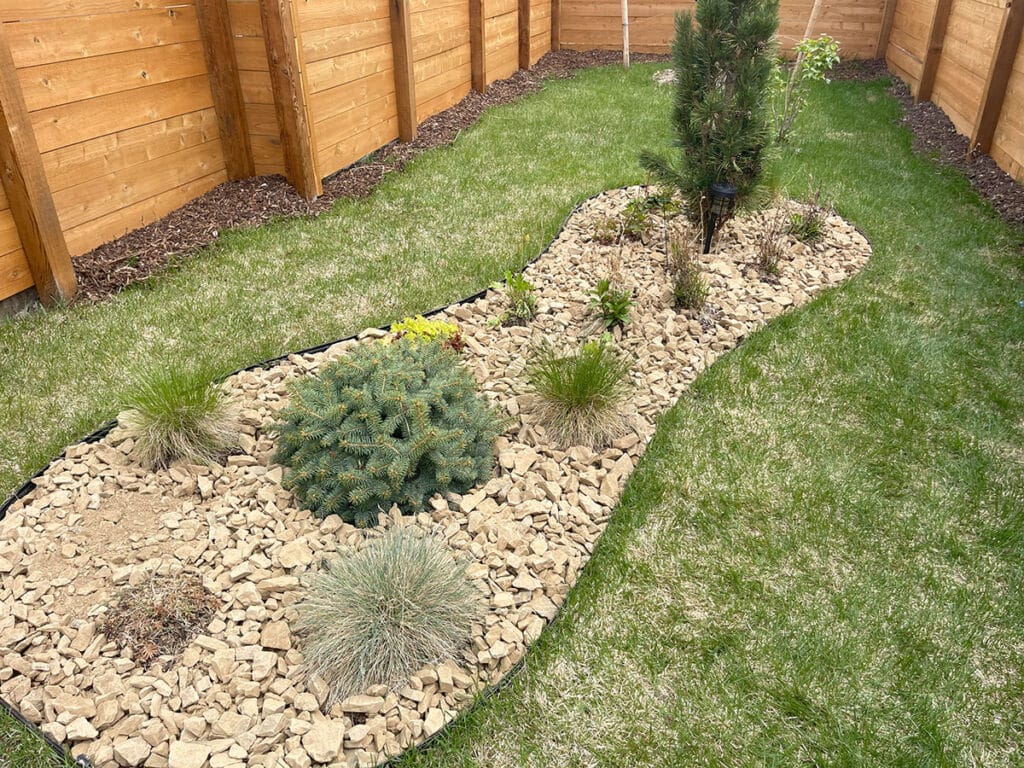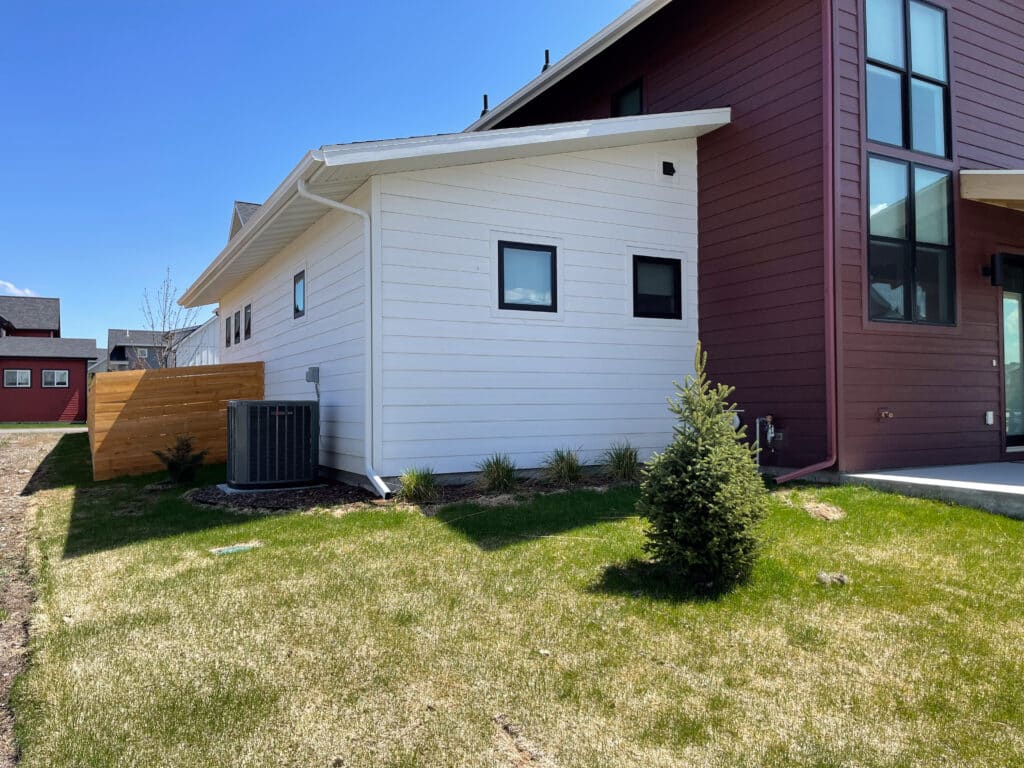Water plants regularly, prune as needed, and fertilize according to specific plant requirements for optimal softscape maintenance.
Maintaining softscape plants involves a combination of regular care practices to ensure their health, appearance, and overall well-being. Here are key tips for maintaining softscape plants:
List of Plants
1. Watering
Provide consistent and appropriate watering based on the specific needs of each plant.
Water deeply to encourage deep root growth, and adjust watering frequency based on weather conditions.
2. Mulching
Apply a layer of organic mulch around plants to retain soil moisture, suppress weeds, and regulate soil temperature.
Mulching also helps prevent soil compaction and erosion.

3. Pruning
Regularly prune plants to remove dead or damaged branches, promote air circulation, and shape the plant.
Pruning encourages healthy growth and prevents the spread of diseases.
4. Fertilizing
Apply fertilizers as needed to provide essential nutrients for plant growth.
Follow recommended application rates and schedules based on the specific requirements of each plant type.
5. Soil Care
Monitor soil pH and composition to ensure it is suitable for the plants.
Amend soil with organic matter or other amendments as necessary to improve fertility and drainage.
6. Pest & Disease Management
Keep a watch for signs of pests and diseases on plants.
Use environmentally friendly pest control methods, such as insecticidal soaps or neem oil, to address issues promptly.
7. Weed Control
Regularly remove weeds from planting beds to prevent competition for nutrients and water.
Apply mulch to suppress weed growth and make weeding easier.
8. Support for Tall Plants
Provide support, such as stakes or cages, for tall or heavy plants to prevent bending or breakage.
Tie plants gently to supports using soft materials to avoid damage.
9. Deadheading
Remove spent flowers (deadheading) to encourage continuous blooming and prevent the plant from directing energy to seed production.
Deadheading also enhances the plant’s appearance.
10. Divide & Transplant
Divide overgrown perennials as needed to rejuvenate them and maintain their vigor.
Transplant plants that have outgrown their current location or need better-suited conditions.
11. Seasonal Maintenance
Adjust maintenance practices based on seasonal requirements.
For example, provide extra water during hot summers or apply winter protection for cold-sensitive plants.
12. Monitoring
Regularly inspect plants for signs of stress, nutrient deficiencies, or other issues.
Monitor changes in plant appearance and address problems proactively.
13. Proper Planting Techniques
Follow proper planting techniques when installing new plants.
Ensure plants are planted at the correct depth, spaced appropriately, and surrounded by suitable soil.
14. Aeration
Aerate the soil around plants to improve oxygen exchange and enhance root health.
Aerating is particularly beneficial for compacted soils.
Learn more about Top Dog’s lawn care services like aeration.
15. Avoid Overcrowding
Avoid overcrowding plants to prevent competition for resources and reduce the risk of diseases.
Provide adequate spacing based on the mature size of each plant.
16. Respect Planting Zones
Choose plants that are well-suited for your climate and hardiness zone.
Plants adapted to local conditions are more likely to thrive with minimal intervention.
Final Thoughts
By incorporating these softscape maintenance practices into your gardening routine, you can promote the health and vitality of your plants, leading to a vibrant and well-maintained landscape.



